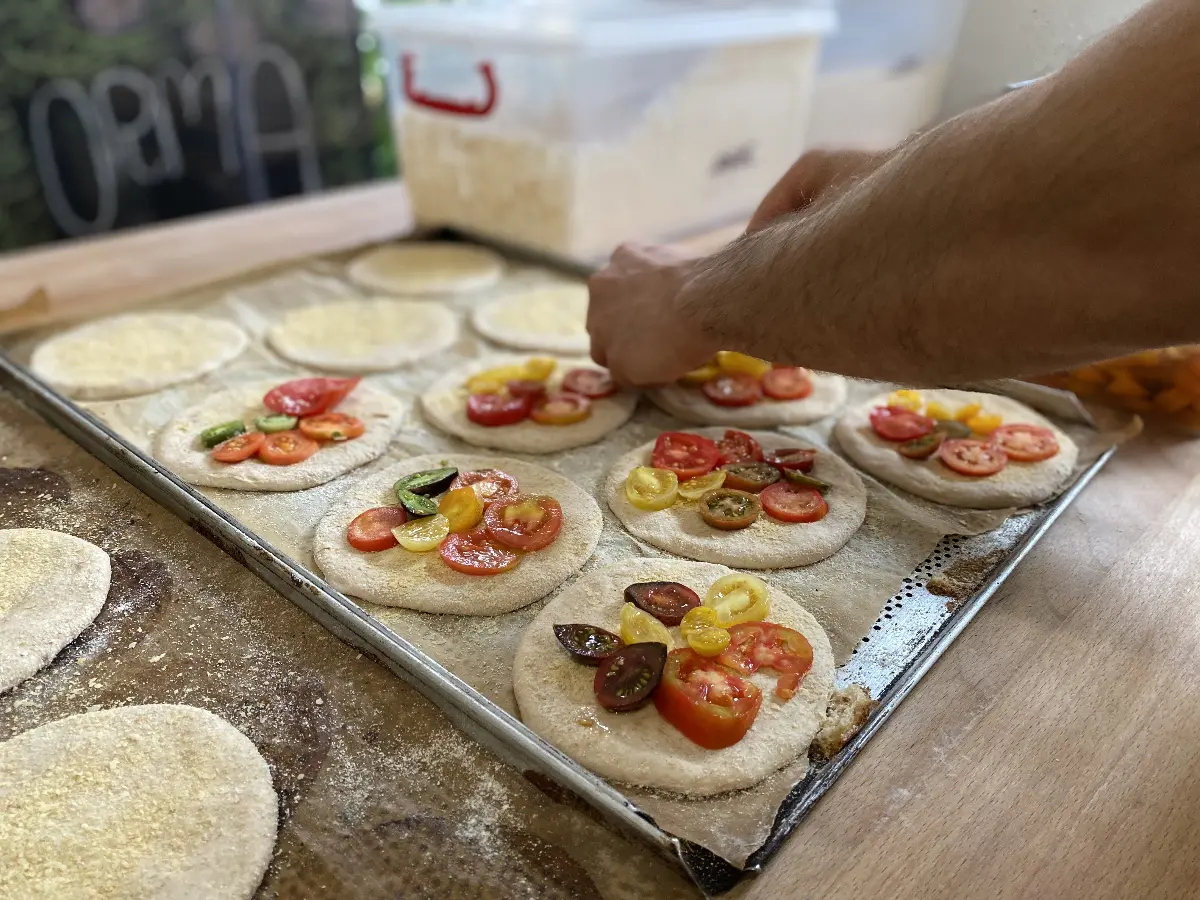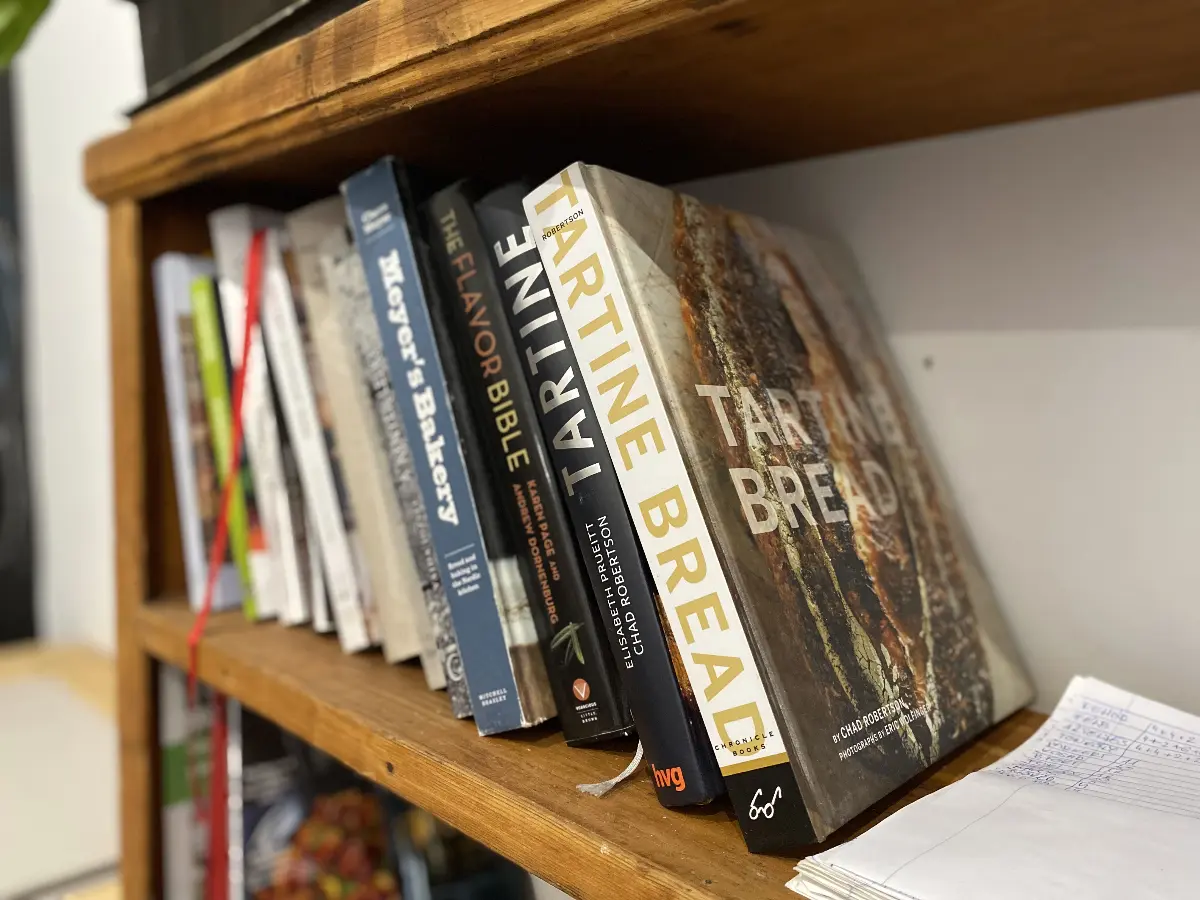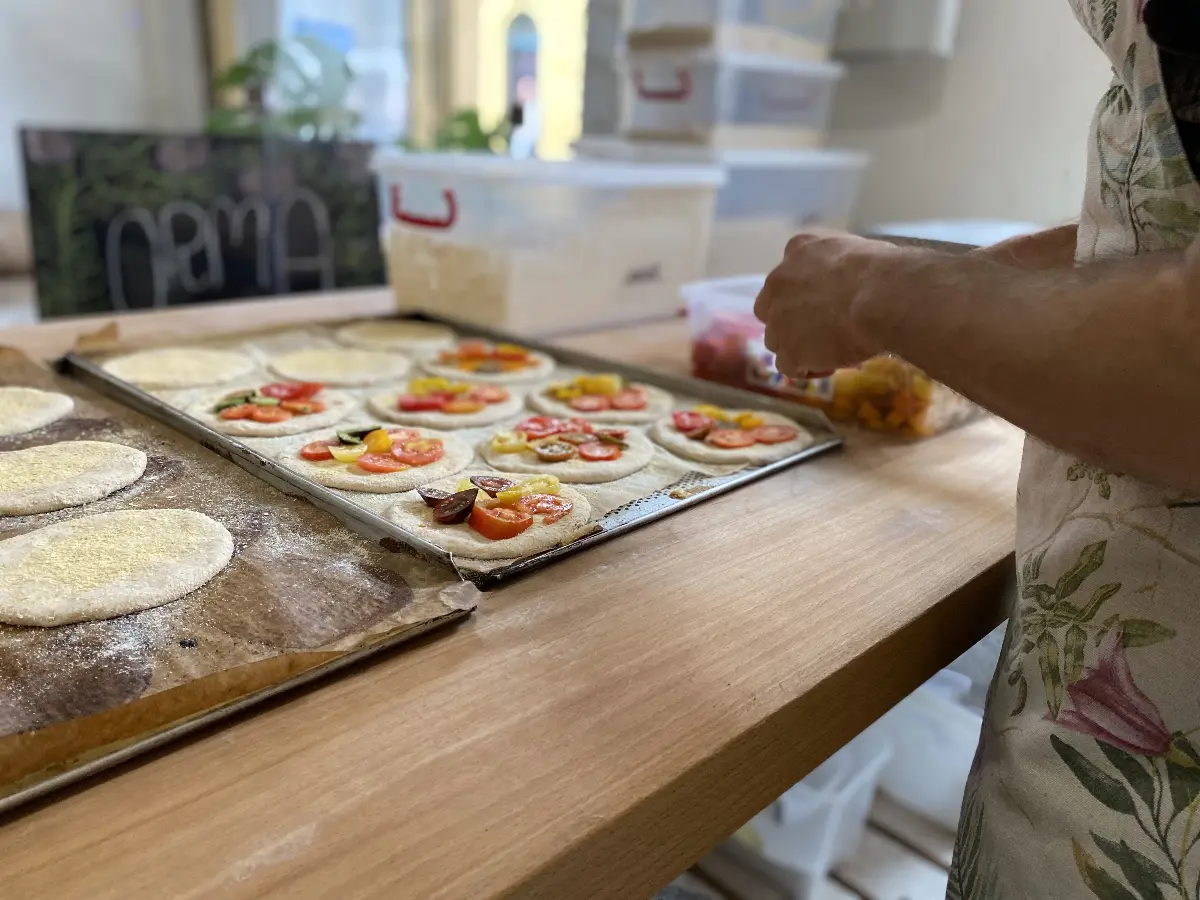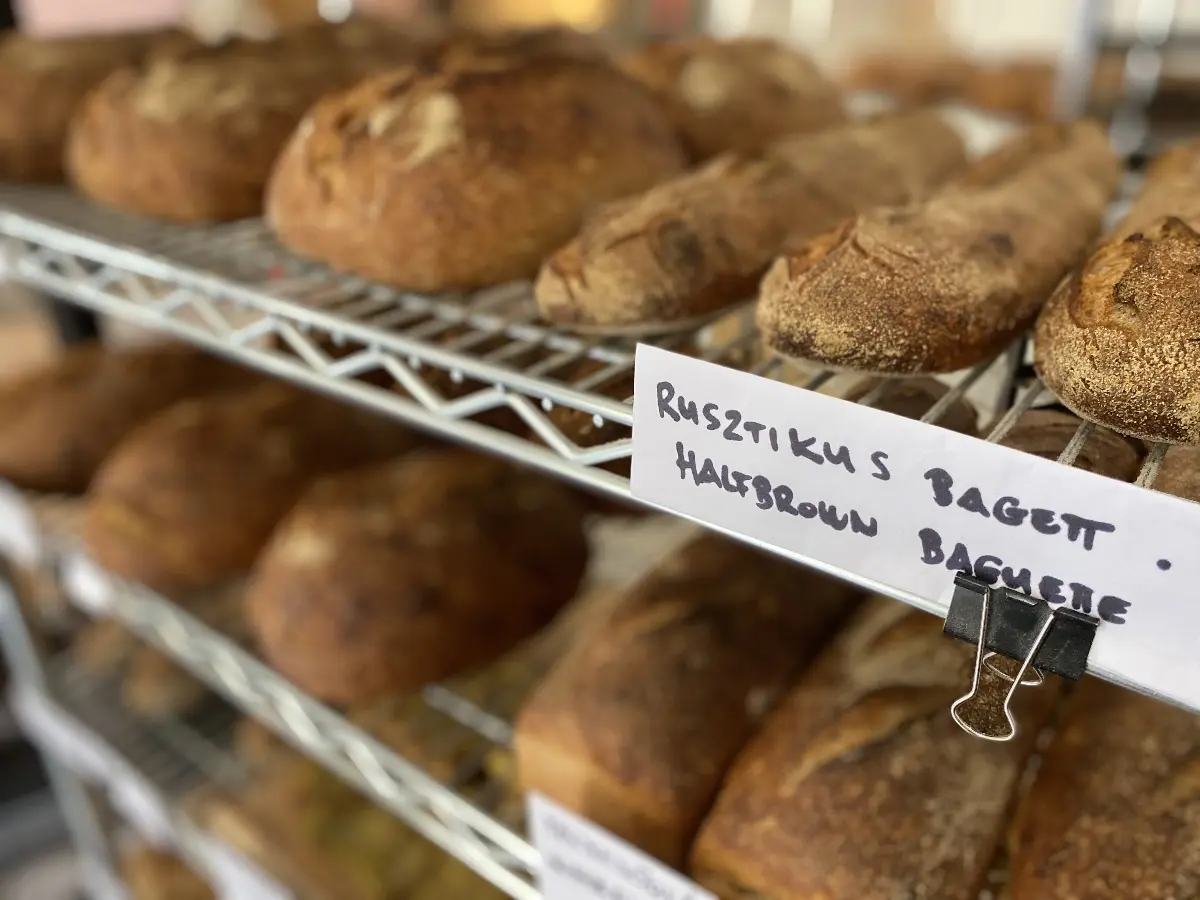
Helyszín címkék:
Time, attention and experience: how to train your sourdough!
Szabó Sára
Bread has been an organic part of our diet for the first time in living memory. Our ancient ancestor, Samu already recognized that water, flour and fire could do fantastic things together. So bread could start a tour spanning time and place to get its place in hungry mouths living in different parts of the world. Meanwhile it became matzo, chapati, pasca, baguette, ciabatta and it has made a great career in Hungary too. We have fried it in eggs, spread lard on it, we have put it in the oven weed poppy seed or given it the soldier name and cut it into cubes. On Hungarian fields excellent crops were produced, the results spoke for themselves!
Declining bread culture
Then we didn’t pay attention for a little and mass-production started. The place of bakeries were taken by jumbo bread factories, fields were drained, we introduced chemicals and compensated poor ingredients with artificial additives. In a couple of decades filling, nutritious Hungarian bread disappeared and its place was taken by poor, retailing copies. And we haven’t even noticed it. According to Gergő Váczi, a drop-out architect, a lover of sourdough from Pécs, aggressive chemical crop protection started after the second world war all around the world. Although the population of the world would not give a reason as almost one third of the food product lands in the bin, the amount of the food products has also increased. “We could create a more sustainable world by a simpler distribution, and all this could start with bread in our kitchen!”

The key is fermentation, we must understand this process!
According to the method of production we can differentiate sourdough and yeasted bread (we don’t mention the industrial bread filled with all kinds of odd materials). The fermentation of the yeasted bread is made by yeast fungus but in sourdough bread there isn’t anything else just flour and water. And of course sourdough. But the sourdough is also flour and water. In details: if we mix these two ingredients and take a big portion of patience, a group of microorganism will start to work. After a while our paste starts to “bubble” which is caused by the production of carbon dioxide. So we can know that lactobacillus from the crop and the air, fungus tribes in water (anywhere) started fermentation.
Sourdough is made from that a unique bacterial and fungal culture, which must be continuously “fed” i.e. the nutrition (flour) must be replaced. If we have decided to start breeding it, then we either get well-functioning sourdough from someone or we make the so called mother sourdough ourselves. We can do this in the following way, plus we must pay attention to about a thousand things. In a nutshell: mix 1:1 proportion of good quality flour and water in a minimum 6 decilitres sterilized jar. The most ideal temperature for sourdough is 26-28 degrees, no more or less. If we have found its place, leave it alone for a day. Then – if it started bubbling – take out 100 g sourdough and “refresh” it with another 1:1 proportion of the mixture of flour and water. We should do this finger exercises for one-two weeks until the paste rises three times bigger in 4-6 hours. At this time our mother sourdough is finished! Feeding must be done similarly, left in fridge once a week, in room temperature twice a day. (Extra tip from the author: we can add a little acid for example some drops of pineapple juice make a wonderful improvement. But there is a well-known baker who swears by grape must.)
Healthy and delicious

According to the baker from Pécs time has a key factor in the case of sourdough. It is extremely important that we shouldn’t hurry and we should give time for everything. Thanks for long fermentation bacterium in sourdough start to break up big carbohydrate chains and degrade gluten as well. This microbial environment “tampers” a bit the crop which is otherwise difficult to digest in advance for us, so we can say, that the healthiest types of bread is the sourdough bread. Let’s remember that breeding sourdough is a complex process, we can say it’s a science. It depends on the temperature, humidity, the hydration of the sourdough, the proportion, and (no joke) the bacteria on our hands and in the air too. So don’t be upset if something goes wrong at first, believe your eyes and trust your feeling. Let’s make sourdough!







